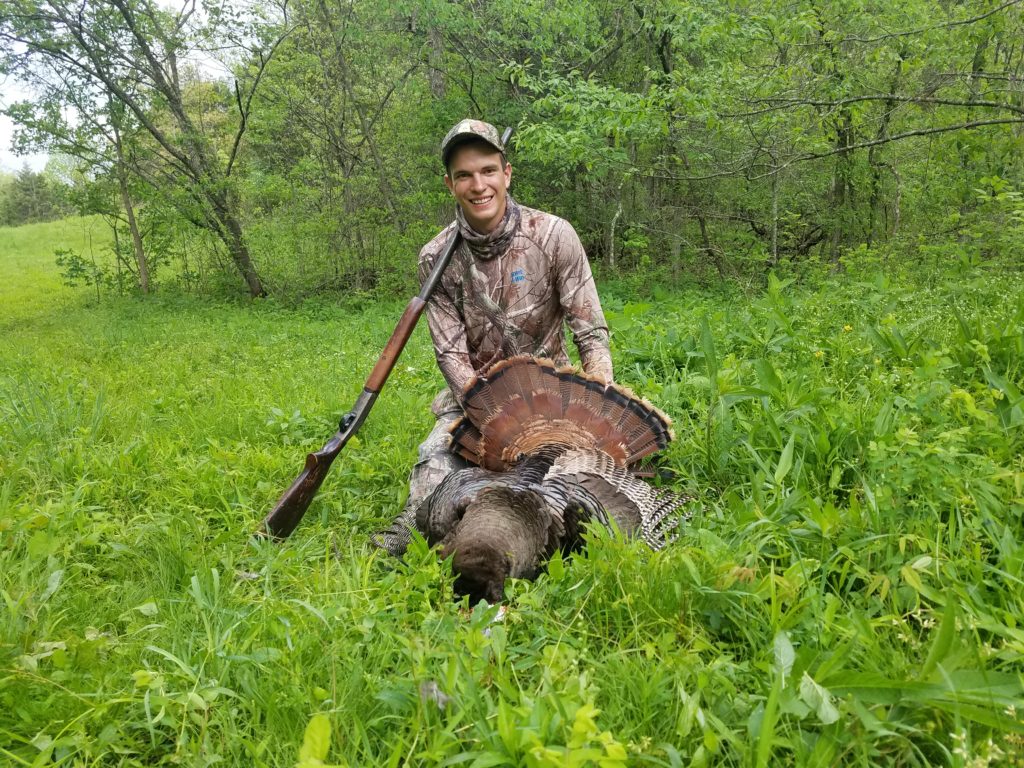Hunting wild turkeys can seem to be too easy. Other days, the turkeys will not cooperate and it can seem impossible to fill your tag.
Outdoor Life has put together 4 tactics you can use to kill your bird when nothing else seems to work.
The classic spring-morning turkey setup is classic for a reason: It works, at least some of the time. The birds are gathered in one spot—their roost tree—and they are usually vocal and callable. But every veteran turkey hunter knows that even a sure-thing flydown strut-buster can sputter and fail. Here are four ways to salvage what remains of your day.

Treat’em Like Whitetails
It happens sooner or later everywhere, every spring: Gobblers go haywire, altogether ignoring or even outright running from your calls—even if you’re a maestro. Hunting pressure, stage of breeding season, and an abundance of hens can all contribute to the problem.
So quit calling. Cold turkey. Period. Then stand strong. That’s the first part of your solution. Raiding your whitetail-hunting playbook is the rest of it.
1. Scout with Purpose
You wouldn’t hunt deer without trying to figure out their movement patterns. Use the same scouting skills and tools to unlock turkey habits in the area you hunt. Google Maps, on-the-ground reconnaissance, and discreet glasswork from a good vantage point will all help tell you what the birds are doing.
2. Hunt Travel Routes
Staking out a random spot doesn’t work in deer hunting. Success comes from watching trails, travel corridors, funnels, and pinch points. Same with turkey hunting. Now that you know where the birds are going, be there yourself. A killer spot: the route birds follow between their roost and morning food.
3. Hit the Feed
Does feed hard, and bucks follow. Hens feed hard, and gobblers follow. Just as you would hunt fields and food plots for whitetails, hunt where the turkeys are chowing down.
4. Bust a Strut Zone
You hunt bucks around scrapes and zones where they like to rut. Silent toms still breed. Wait for gobblers where they like to hang out and show off for hens—their strut zone. Look for wing drag marks through leaves, in trails, and on field or meadow edges to reveal these hotspots.
5. Play the Weather
Use bad weather to your advantage. Wind? Head to lee hillsides, calm coulees, quiet valleys, and secluded draws where wind-hating turkeys congregate. Rain? Get out of the woods and watch a field or meadow where birds will be preening in the hours following a shower. Cold? Hit a sunny field edge where hens—with toms following—come to absorb rays and warm up. —T.C. [Continued]





